PPT-Myths, Legends, and Tales
Author : jane-oiler | Published Date : 2015-12-11
Your teacher Robert Fitzpatrick Class Rules Only one person talks at a time When somebody speaks in class be a respectful engaged listener Use the bathroom before
Presentation Embed Code
Download Presentation
Download Presentation The PPT/PDF document "Myths, Legends, and Tales" is the property of its rightful owner. Permission is granted to download and print the materials on this website for personal, non-commercial use only, and to display it on your personal computer provided you do not modify the materials and that you retain all copyright notices contained in the materials. By downloading content from our website, you accept the terms of this agreement.
Myths, Legends, and Tales: Transcript
Download Rules Of Document
"Myths, Legends, and Tales"The content belongs to its owner. You may download and print it for personal use, without modification, and keep all copyright notices. By downloading, you agree to these terms.
Related Documents

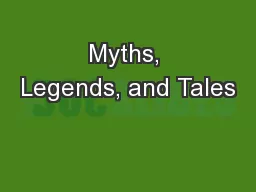
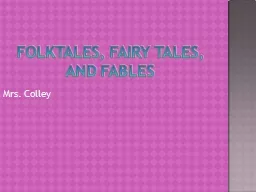
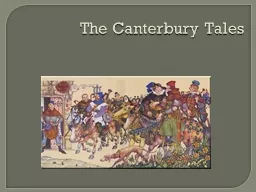

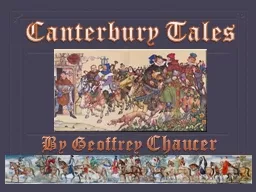
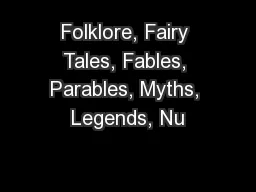
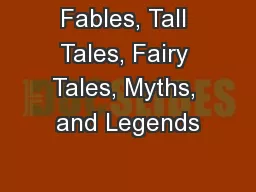
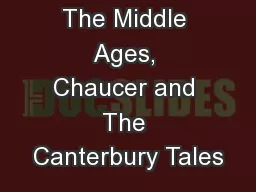
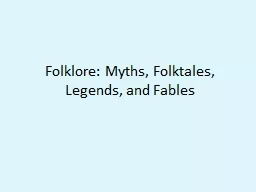
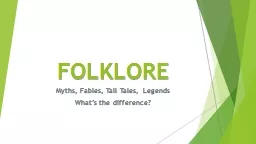

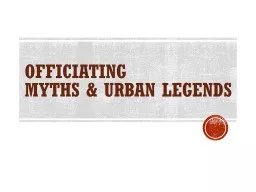
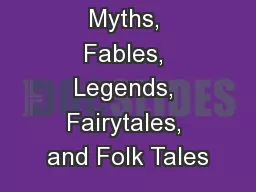
![[DOWNLOAD]-Cherokee Myths and Legends: Thirty Tales Retold](https://thumbs.docslides.com/958301/download-cherokee-myths-and-legends-thirty-tales-retold.jpg)